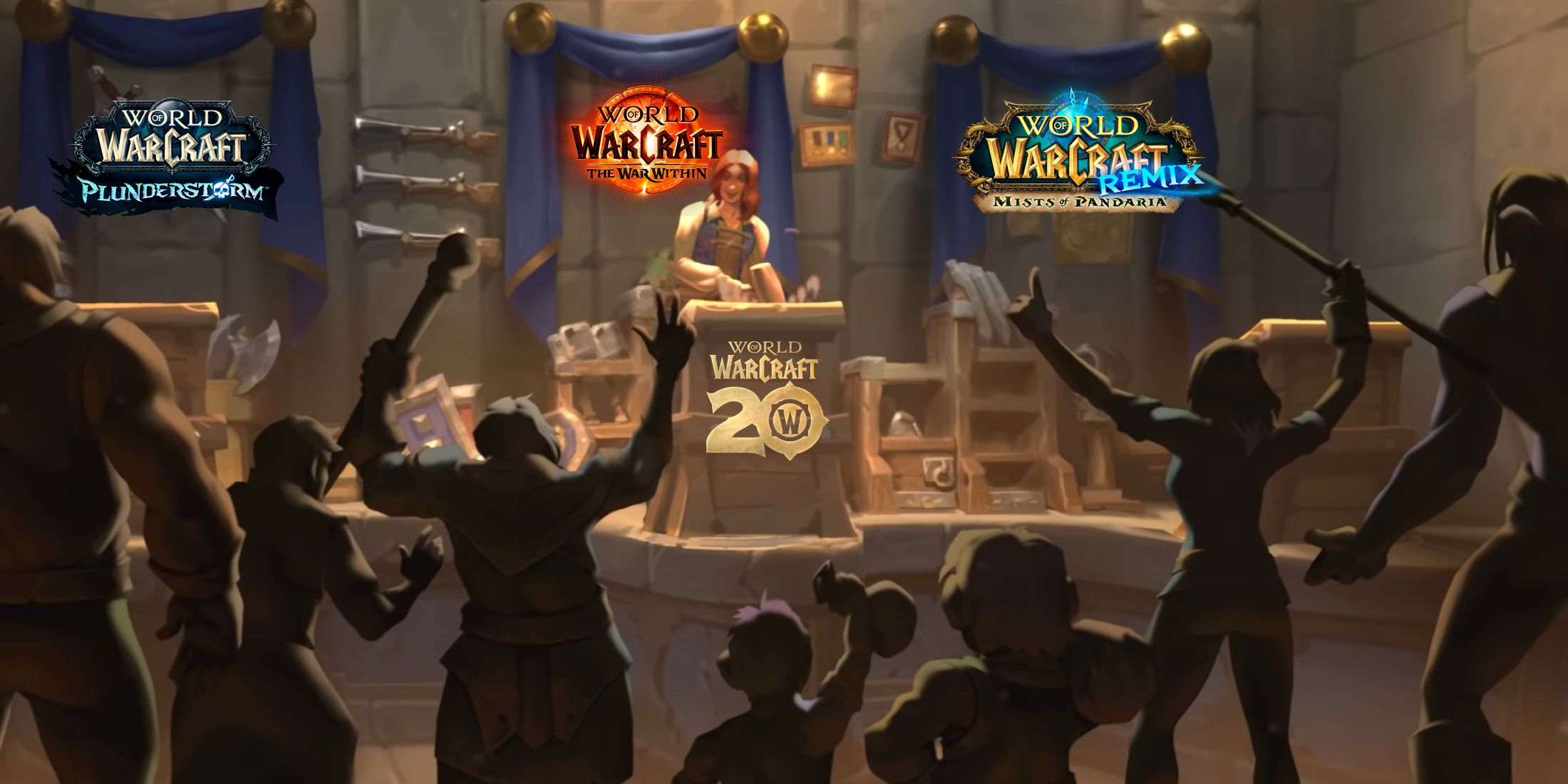Travel
How TikTok is changing the face of travel—for better and worse

This article was produced by National Geographic Traveller (UK).
From immersive videos that spotlight lesser-known destinations to packing hacks and transport advice, the social platform TikTok has become a vital source of knowledge and inspiration when it comes to exploring the world.
But it’s also a source of contention, with creators exposing ‘secret’ spots that become overrun with tourists and, on occasion, promoting unethical activities. Here’s everything you need to know about how the platform is changing travel as we know it.
What makes TikTok different?
A relative newcomer compared to YouTube and Instagram, TikTok was launched in 2016 and has since grown an audience exceeding one billion monthly active users. Its snappy format — short, shareable videos — and addictive algorithm has proved particularly popular among younger people, with 70% of its users aged under 34. According to TikTok’s own data insights, the app has seen a 410% increase in travel content views since 2021.
TikTok content creator Emma Cooke (@petite.blondine) thinks it’s the honesty of videos that makes them perform well. “If a picture is worth 1,000 words, a video is worth 10,000,” she says. “It’s very hard to doctor them in the way you could an image. TikTok travellers are looking for authenticity.”
How are travellers using TikTok?
More than 70% of TikTok’s European audience say they’re likely to book a holiday based on recommendations they’ve seen on the platform. Indeed, research by Adobe found that more than 60% of Gen Z Americans have used TikTok as a search engine. Entering a search term such as ‘top things to do in Paris’ will bring up endless videos, ranked by popularity — and the algorithm will adapt to these interests next time you scroll. TikTok has also been focusing on geolocation, so will offer you destination-based content as you move.
Gen Mohacsy, a 25-year-old medical secretary based in the UK, says, “I always use TikTok to plan itineraries when I travel — it’s often better than Tripadvisor. Watching videos can offer a detailed perspective of a place that you can’t get from just reading. It’s how I found Auckland’s night markets when I was touring New Zealand.”
What trends have emerged?
There have been many, ranging from the bizarre to the useful. This year has seen the ‘airport tray aesthetic’ fad, which saw creators post their travel gear, artfully curated in airport security trays. There was also ‘raw-dogging’, which has come to mean spending long-haul journeys without any entertainment, and ‘grocery store tourism’, the practice of exploring the aisles of foreign supermarkets. Plus, according to a report by Advantage Travel Partnership, there has been high interest in ‘travel dupes’ — the swapping of famed spots for their cheaper and less-crowded alternatives (Croatia for Montenegro, for example).
What are the downsides of TikTok?
TikTok attracts an extraordinary array of content creators, whose insights can be invaluable for travellers. But they also have the potential to cause harm, at times funnelling thousands of visitors to places that don’t have the infrastructure to cope.
Many destinations have fallen victim to their own success. One viral video in 2021 of China’s Jianfengling mountain and Daguang Dam Reservoir turned the area into a must-visit spot almost overnight. A study published in the Journal of Outdoor Recreation and Tourism found that, ‘While the tourists helped improve the economic situation, they also brought traffic [and] crowding… putting pressure on infrastructure.’
Some businesses have been fighting back, including Dae, a cafe in New York, which introduced a no-video policy last year, stating: ‘The TikToks… have gotten a bit out of control for us.’
There’s also the issue of the promotion of unethical tourism. Responsible travel is of keen interest to TikTok users, with posts tagged #SustainableTravel garnering 78.1 million views. But when Dr Natara Loose, an American veterinarian, visited Mauritius this year, she says she was “shocked by the number of boats selling tours to swim with dolphins, a practice that’s illegal in Mauritius but that’s splashed all over TikTok.”
For better or worse, it’s clear the platform’s influence on travel is enormous, particularly among younger generations — and it isn’t going anywhere any time soon.
To subscribe to National Geographic Traveller (UK) magazine click here. (Available in select countries only).






